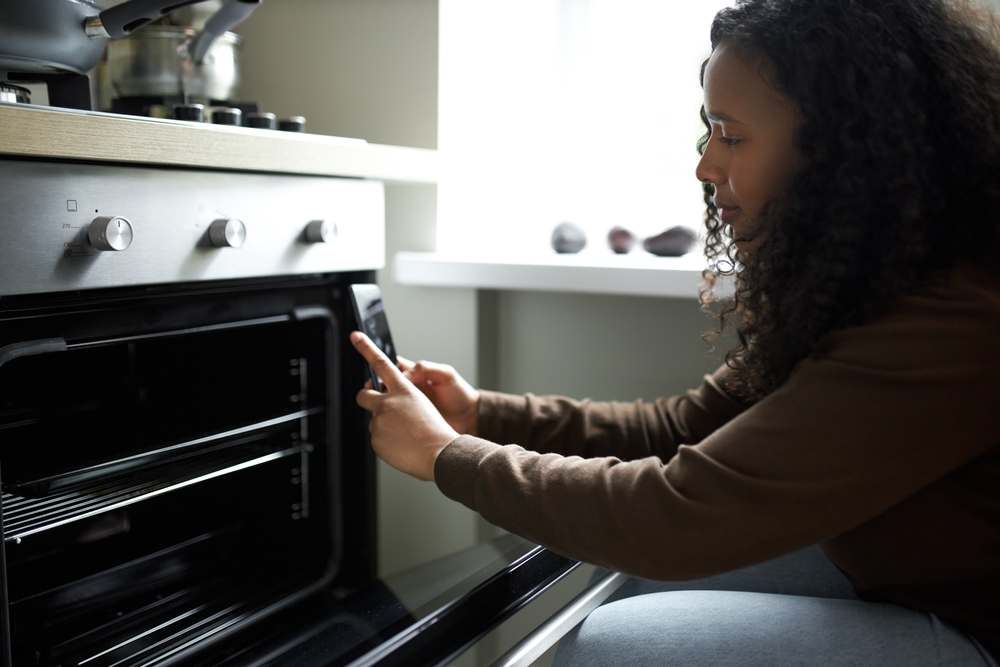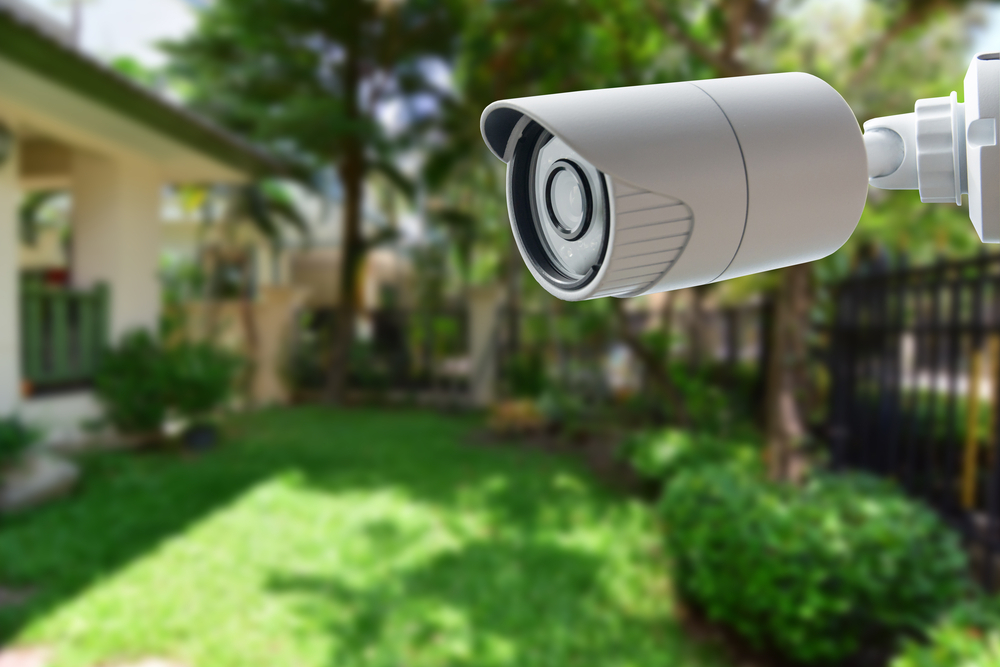How to Find an Urgent Care Facility: What You Need to Know

Moving soon? Get organized with our free moving checklist.
Finding an urgent care facility can be a real lifesaver. As long as your illness is not life-threatening, they are a great alternative to a trip to the ER. When you move to a new home or neighborhood, finding an urgent care center should be one of the first things you check off your list. It can be scary to think about an emergency, but as they say: better safe than sorry. Below are some tips and tricks to help you find the right urgent care center for you, and a few additional things you’ll need to know.
What is an urgent care facility?
Urgent care centers are medical facilities with extended hours, where walk-in patients can be seen by a doctor for the treatment of urgent, non-life-threatening illnesses. While they share some similarities, the main difference between urgent care facilities and emergency rooms is that urgent care centers help patients with non-life-threatening illnesses or injuries like sprains, fractures, and strep throat, while emergency rooms typically concentrate on more severe illnesses or injuries.
Urgent care facilities usually open early and close late so that you can still be seen by a doctor when your primary care physician’s office is closed or booked. Urgent care centers are staffed with fully trained and licensed medical professionals, though they usually have a smaller staff than your traditional hospital, and often aren’t as busy. If your doctor closes early or is far from your home, it is a good idea to find an urgent care facility, just in case.
What are the benefits of finding an urgent care facility?
Finding the right urgent care facility for you and your family can save you both time and money. The average cost for an emergency room visit is a whopping $1,200, while the cost of an urgent care visit is usually between $50 and $150. Since urgent care offices are often smaller facilities, with fewer doctors on staff, the overhead for urgent care centers is less than hospitals, which brings down the price for patients.
As for time, finding an urgent care facility can save you hours. Emergency rooms are usually overcrowded, and doctors have to see the most serious cases first. So, if you walk in with a non-life-threatening illness or injury, you fall to the bottom of the barrel in terms of priority. Ultimately, this means you could spend over two hours at the emergency room (if not more) for something that would take less than 30 minutes at an urgent care center.

When should I find and go to an urgent care facility?
Though not as large, urgent care facilities have a range of medical equipment including x-rays and on-site labs. You should seek medical attention at an urgent care center when you have non-life-threatening symptoms that still need urgent attention. As a rule of thumb, if your symptoms would usually call for a visit to your family practitioner, you should find an urgent care facility. Some examples of non-life-threatening illnesses or symptoms are:
- Sprained ankle
- Urinary tract infection
- Minor cut that requires stitches
- Flu-like symptoms
- Nosebleed and mild eye problems
- Fever, flu or cold symptoms
- Abdominal pain
- Minor back pain
- Ear infection
- Moderate asthma
- Broken bones
- Insect or animal bites
- Bronchitis
- Vomiting
- Diarrhea
- Seasonal allergies
- And more
How to Find Your Urgent Care Facility
The first issue that needs addressing is whether or not you have insurance. If you do, you can keep costs to a minimum by calling your provider to find an urgent care facility that accepts your insurance. If you do not have insurance, you can still find an urgent care center online, just check their rates before you go.
Many urgent care centers do not take appointments, so once you’ve found your urgent care facility, give them a call to see how busy they are. The final step is to see the doctor at your urgent care facility and seek treatment for your symptoms.

What if I don’t have insurance?
Don’t worry. With or without insurance, a trip to an urgent care facility will usually cost less than a trip to the emergency room. The average office charge for three common illnesses — urinary tract infection, strep throat, and pink eye — is $522 at emergency rooms and just $108 at urgent care facilities. With this kind of price difference, uninsured patients are significantly better off finding an urgent care center.
If you don’t have insurance, it is a good idea to call ahead and find out what their rates are and to ask about any discounts and payment plans they might offer. In addition, if you need a prescription, be sure to ask for the generic option if it is available. This can save you hundreds of dollars when paying out of pocket since generic prescriptions can go for 80 to 85% less than their brand equivalent.
Key Steps to Finding the Best Urgent Care Facility for You:
- Assess your symptoms and make sure that they are not life-threatening. If they are, dial 9-1-1 and call for an ambulance.
- If you have insurance, call your insurance company for recommended in-network urgent care centers near you.
- If you do not have insurance, use Google or Yelp to search for urgent care centers. Then check their rates.
- Call the urgent care facility to find out more information about their availability and facilities.
- Go visit your new found urgent care center for medical attention.
Finding an urgent care facility should not be a struggle. With these tips, you will be on your way to feeling good in no time, and without breaking the bank.
Moving soon? Get organized with our free moving checklist.
Internet and TV tips
Switching providers and don’t know where to start? We can help.













